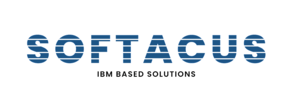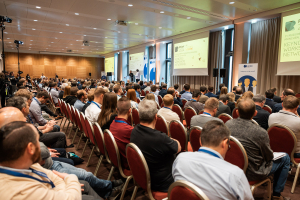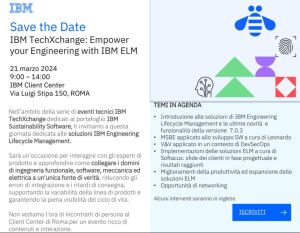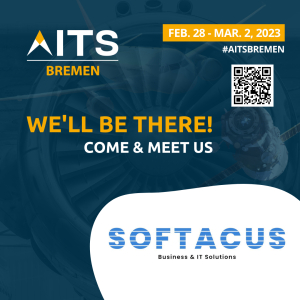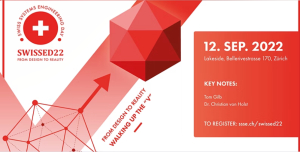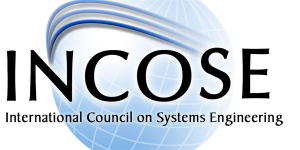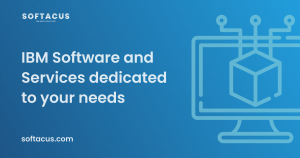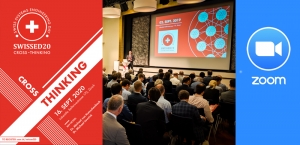Displaying items by tag: Engineering
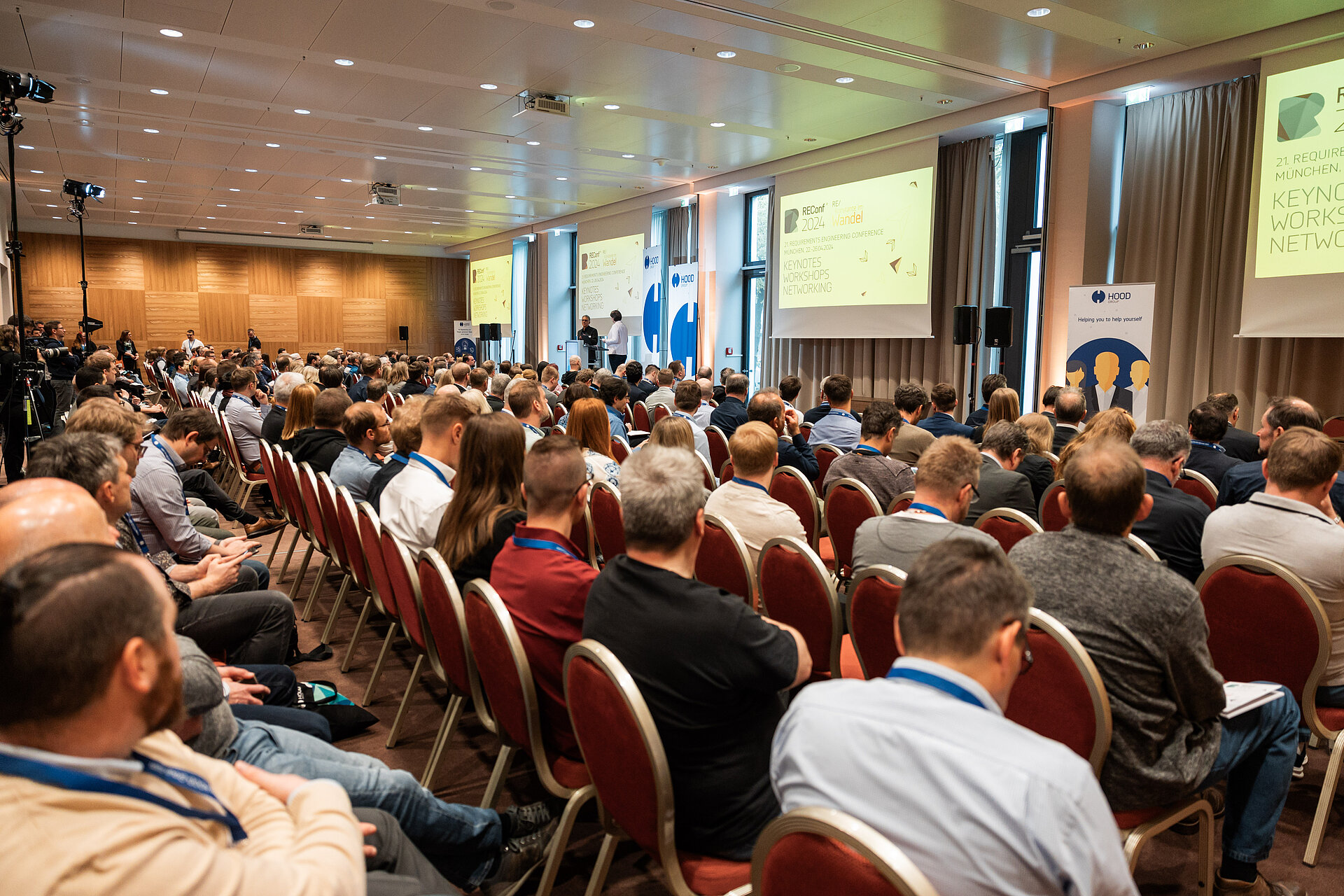
Softacus is Proud to Sponsor ReConf 2025!
Softacus is delighted to announce that we are official sponsors of this year’s ReConf conference, taking place from May 5th to May 7th in the vibrant city of Munich.
Under the motto "Next Level Requirements Engineering," the event will delve into the evolving landscape of requirements engineering in the era of digitalization. This is a fantastic opportunity to discover how digital transformation is reshaping the field and to connect with leading experts in the industry.
Be sure to visit us at Booth S7, where we’ll showcase our expertise in Engineering Lifecycle Management and discuss innovative solutions tailored to your needs. Don't miss the chance to network with like-minded professionals and gain valuable insights into the future of requirements engineering.
Learn more about ReConf 2025 and join us in Munich!
👉 More Details Here
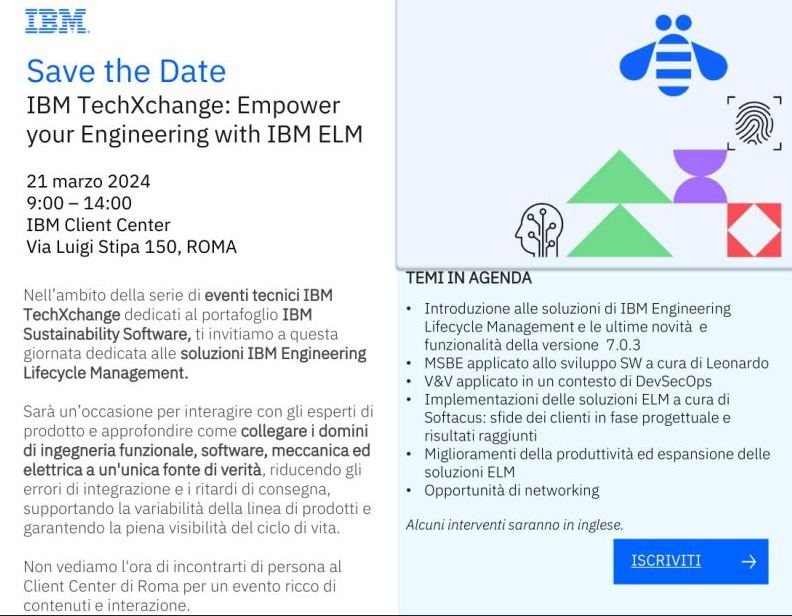
In today's fast-paced technological landscape, traditional engineering approaches are being outpaced by rapid advancements. This shift has led to increased demand for intelligent software-driven products across diverse industries, presenting challenges such as budgetary constraints, time limitations, resource scarcity, and stringent safety and quality standards.
Addressing these challenges requires integrated solutions that bridge functional, software, mechanical, and electrical engineering domains, providing a unified source of truth. IBM Engineering Lifecycle Management (ELM) is designed to mitigate integration failures and delivery delays, accommodate product line variability, and ensure comprehensive lifecycle visibility.
Join us at IBM TechXchange: Empower your Engineering with IBM ELM in Rome, Italy, on 21st March, 2024 to:
- Explore the latest iteration of IBM ELM, version 7.0.3, which builds upon years of industry leadership to deliver enhanced capabilities and efficiencies.
- Discover how these advancements empower engineering professionals to effectively manage complex systems and software development projects, meeting deadlines and exceeding expectations.
Our Solution Director, Jan Jancar, will present use cases of implementations of ELM, including challenges which often happens during the implementation.
Register here
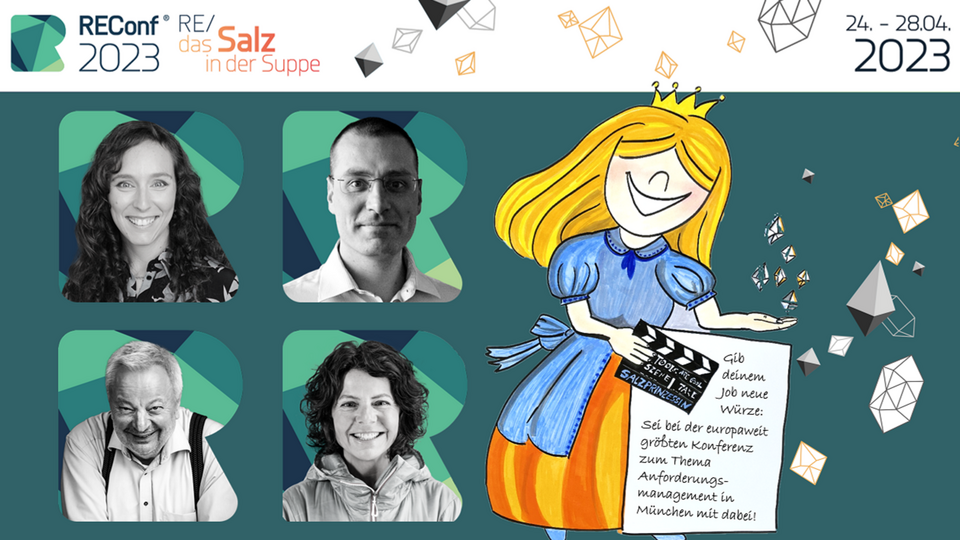
Auch dieses Jahr wird Softacus bei der REConf, die vom 24 bis 28. April 2023 stattfindet, sein.
Die REConf (Requirements Engineering Conference) ist Europas führende Konferenz mit Schwerpunkt Requirements Engineering. Auf der Veranstaltung werden neue Methoden, Trends und Tools in Vorträgen, Diskussionsrunden und Workshops diskutiert.
Am zweiten Tag der Konferenz (25 April) um 16:00 Uhr wird unser Solution Director, Jan Jancar, zusammen mit Peter Schedl von IBM, einen Vortrag zum Thema "Traceability - das Salz in der Suppe" halten.
Anforderungen sind der Ausgangspunkt der Entwicklung und somit auch der Traceability für alle Entwicklungsdaten. Projekte stellen heute bereits sicher, dass alle Kundenanforderungen in Systemanforderungen überführt wurden und Testfälle spezifiziert sind. Nicht selbstverständlich ist die Traceability in Verbindung mit KPI’s oder der toolgestützten Impactanalyse bei sich ändernden Anforderungen.
Softacus zeigt gemeinsam mit IBM Best Practices wie sich solche Szenarien mit DOORS und der Engineering Lifecycle Management Lösung einfach abbilden lassen.
Melden Sie sich für RECconf 2023 hier an: https://www.hood-group.com/reconf/anmeldung
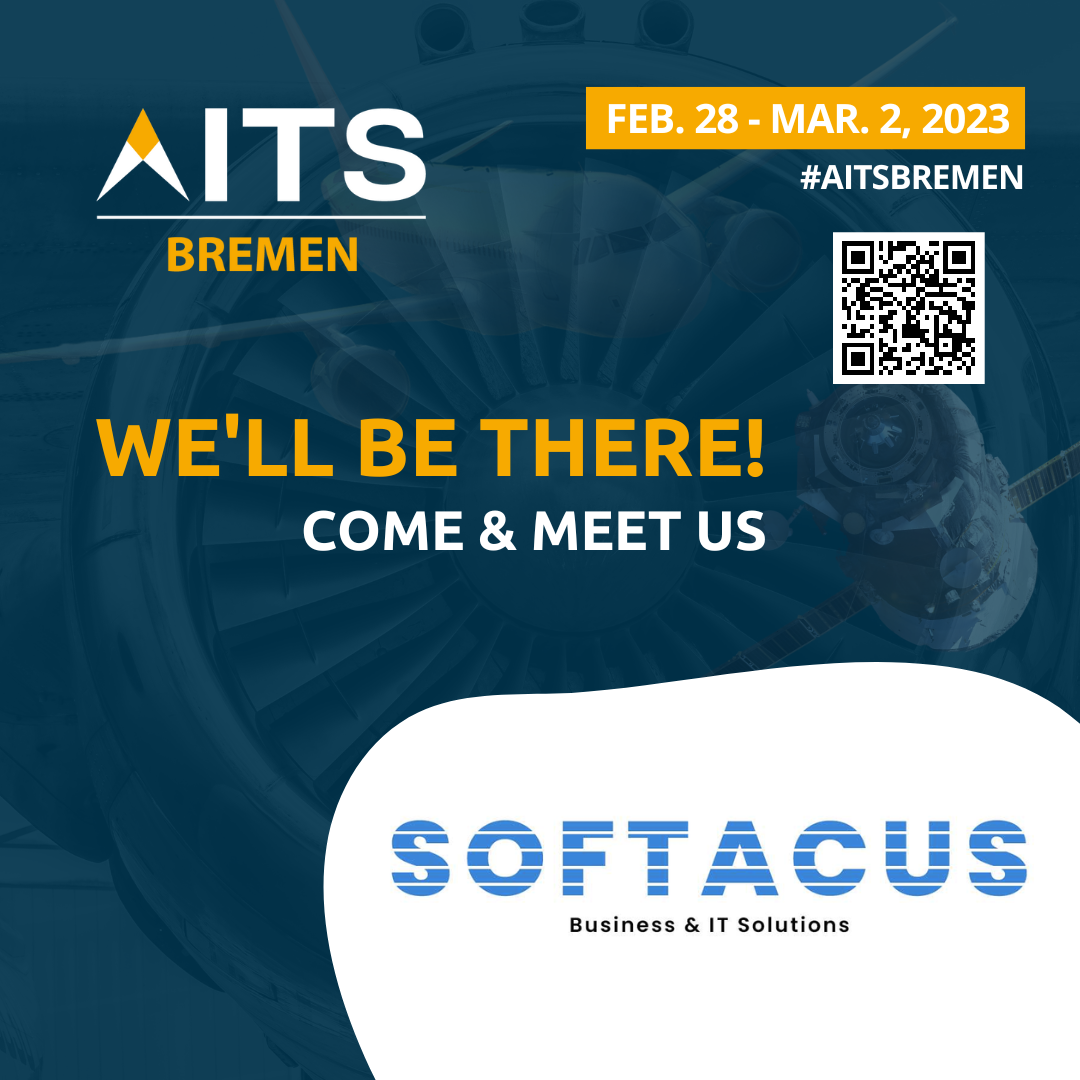
AITS Bremen will gather industry suppliers and OEMs, R&D centers, associations and clusters, academia, and public and private organizations to identify further business opportunities and develop partnerships.
More information at https://bremen.bciaerospace.com/
When: Oct 13, 2022 from 09:00 AM to 10:00 AM (PT)
The AUTOSAR Adaptive platform standard has been introduced to cope with the complex software-driven functionality of vehicles, of which autonomous driving is probably the most prominent one. In this webinar, we will look into the workflows implementing AUTOSAR Adaptive components, and we will discuss how AUTOSAR Classic and Adaptive workflows can be combined. OEM and supplier workflow will be highlighted. Furthermore, we will also discuss migration strategies from AUTOSAR Classic to Adaptive.
AUTomotive Open System ARchitecture (AUTOSAR) is a development partnership of automotive interested parties founded in 2003. It pursues the objective to create and establish an open and standardized software architecture for automotive electronic control units (ECUs). Goals include the scalability to different vehicle and platform variants, transferability of software, the consideration of availability and safety requirements, a collaboration between various partners, sustainable use of natural resources, and maintainability during the product lifecycle.
IBM Engineering Lifecycle Management (ELM) is the leading platform for today’s complex product and software development. ELM extends the functionality of standard ALM tools, providing an integrated, end-to-end solution that offers full transparency and traceability across all engineering data. From requirements through testing and deployment, ELM optimizes collaboration and communication across all stakeholders, improving decision- making, productivity and overall product quality.
Speaker:
Moshe Cohen - Senior Offering/Product Manager - Engineering Lifecycle Management
Walter van der Heiden - Owner/CTO
Register here

AUTOSAR classic replaces some proprietary Automotive architectures in order to create consistency and efficiency across the development supply chain for automotive applications. In this webinar we will dive into the AUTOSAR related workflows, from an OEM and from a supplier's point of view. The demo part will focus on how to develop AUTOSAR software components starting from SysML, applying early verification and validation, all the way down to automatic prodcution code generation.
AUTomotive Open System ARchitecture (AUTOSAR) is a development partnership of automotive interested parties founded in 2003. It pursues the objective to create and establish an open and standardized software architecture for automotive electronic control units (ECUs). Goals include the scalability to different vehicle and platform variants, transferability of software, the consideration of availability and safety requirements, a collaboration between various partners, sustainable use of natural resources, and maintainability during the product lifecycle.
IBM Engineering Lifecycle Management (ELM) is the leading platform for today’s complex product and software development. ELM extends the functionality of standard ALM tools, providing an integrated, end-to-end solution that offers full transparency and traceability across all engineering data. From requirements through testing and deployment, ELM optimizes collaboration and communication across all stakeholders, improving decision- making, productivity and overall product quality.
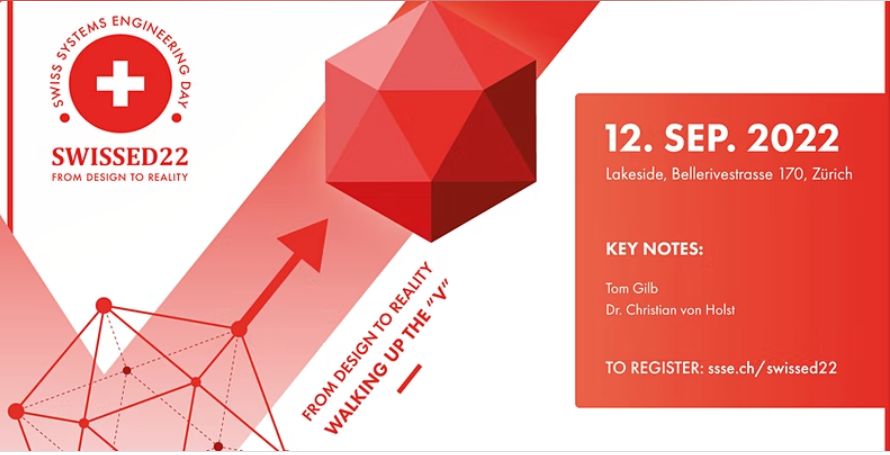
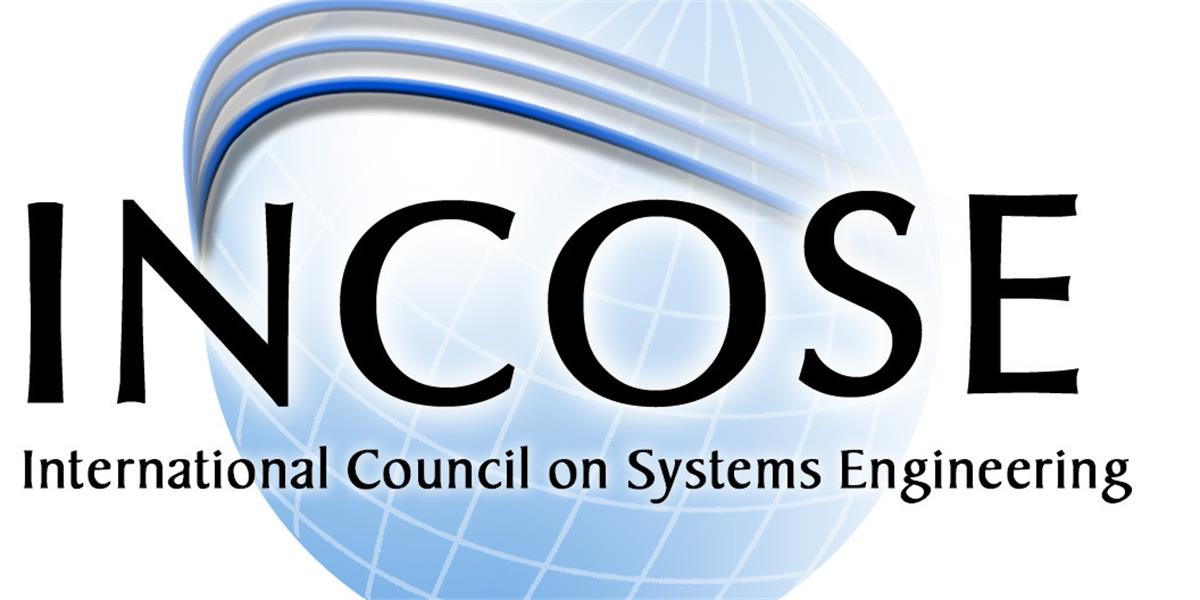
This presentation will address:
• The critical role of architecture in addressing complexity
• Developing better architectures through MBSE
• Connecting the engineering lifecycle and greater enterprise through architecture
• The benefits of Architecture-Driven Engineering.
As products become more complex and our environment becomes more dynamic, successfully delivering the right product is more challenging than ever. As we unleash the power of architecture, we better translate customer needs into product success.
IBM Engineering Lifecycle Management (ELM) is the leading platform for today’s complex product and software development. ELM extends the functionality of standard ALM tools, providing an integrated, end-to-end solution that offers full transparency and traceability across all engineering data. From requirements through testing and deployment, ELM optimizes collaboration and communication across all stakeholders, improving decision- making, productivity and overall product quality.
Presenter: David Long of INCOSE
You’re invited to join IBM thought leaders and experts to learn how today’s most innovative companies are adopting holistic development processes to stay competitive, become more agile, improve productivity and quality, and increase development efficiency.
Date: Thursday, May 5 th at 3pm CET
Agenda:
- Drive engineering excellence for sustainable public infrastructure
- Streamline engineering complexity in regulated industries
- Remove data silos across the engineering lifecycle using digital threads
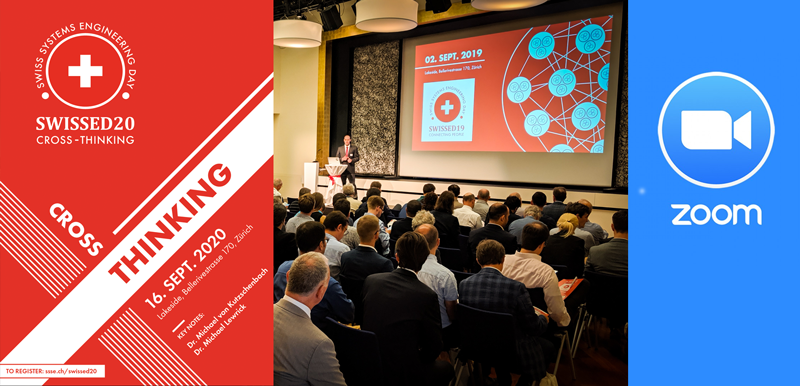
Softacus was a Sponsor of SWISSED20 - an Annual Symposium of the Swiss Systems Engineering Society - which was held this year as a hybrid event comprising of the real conference and virtual content.
We were onsite, presenting IBM Watson IOT Continues Engineering products - IBM DOORS Next Generation, Workflow Management, Test Management, and more.
